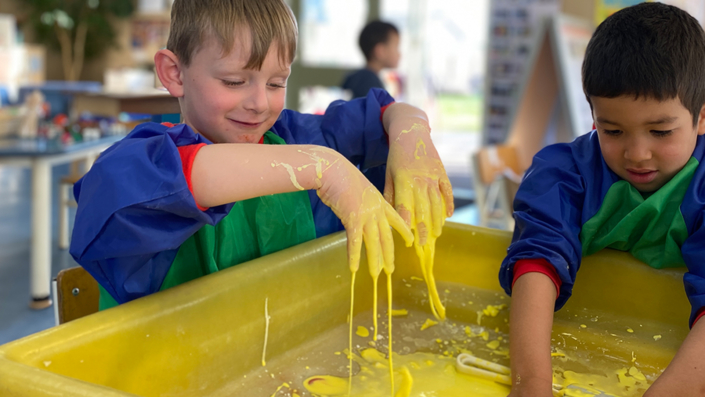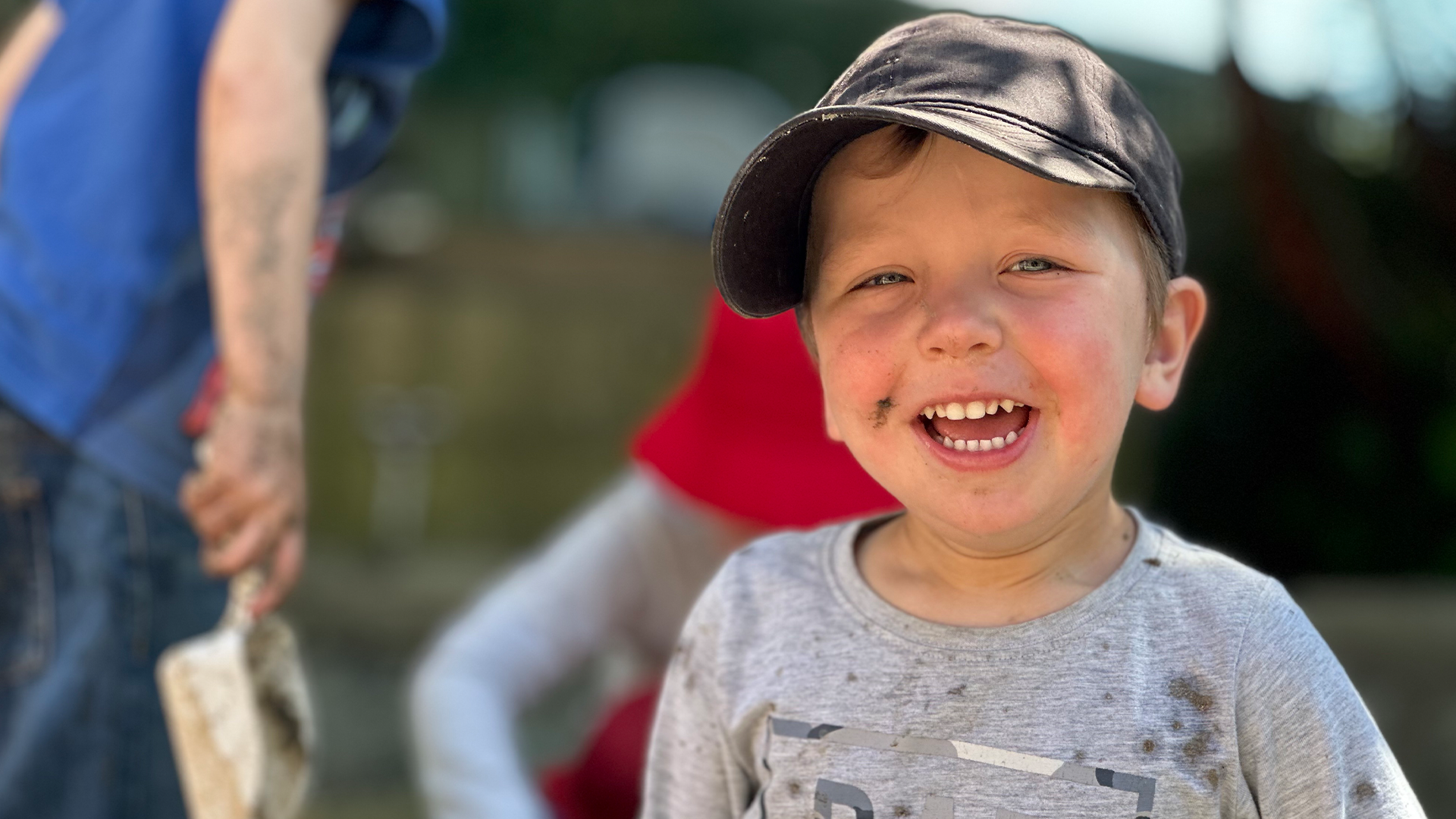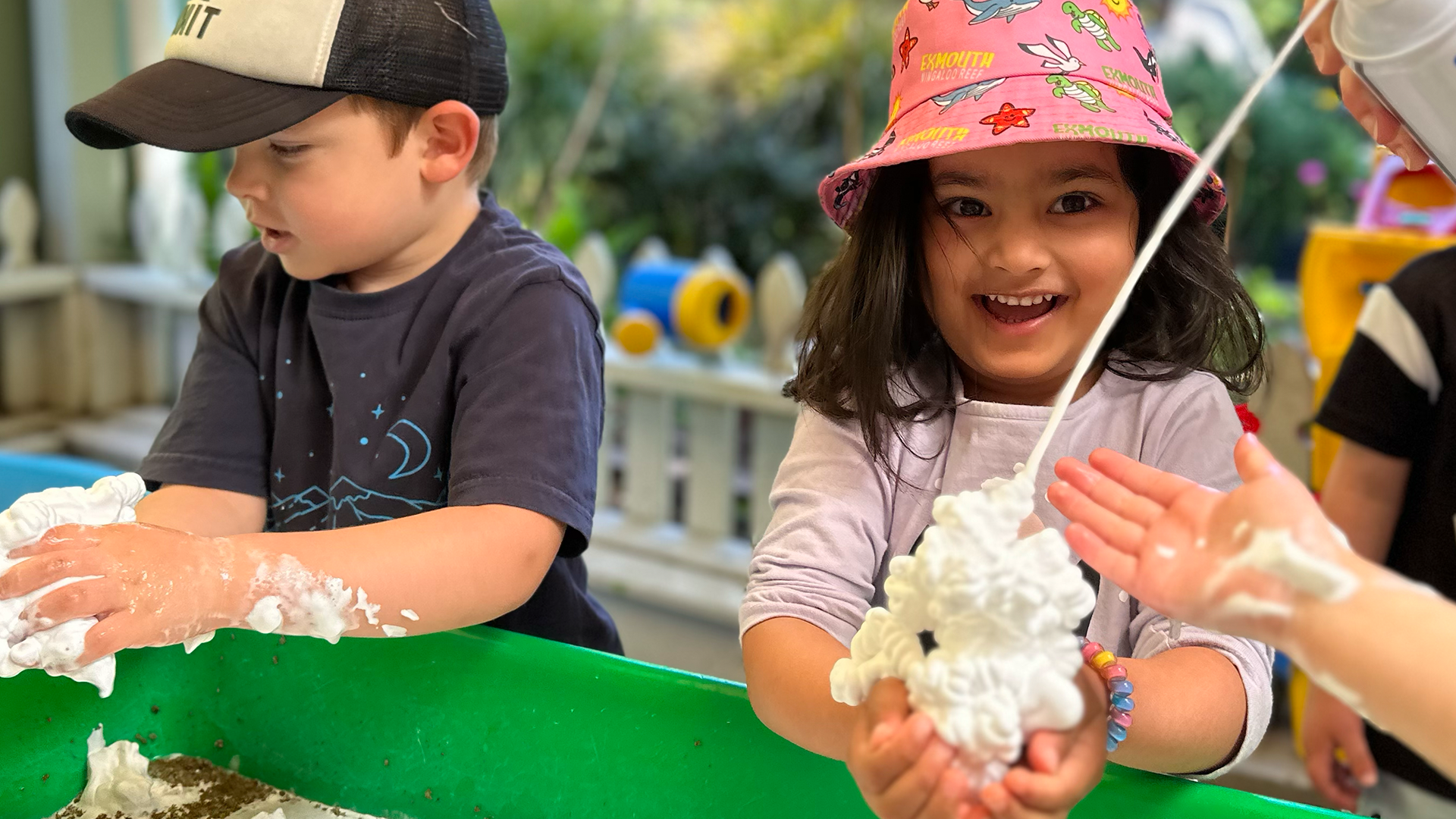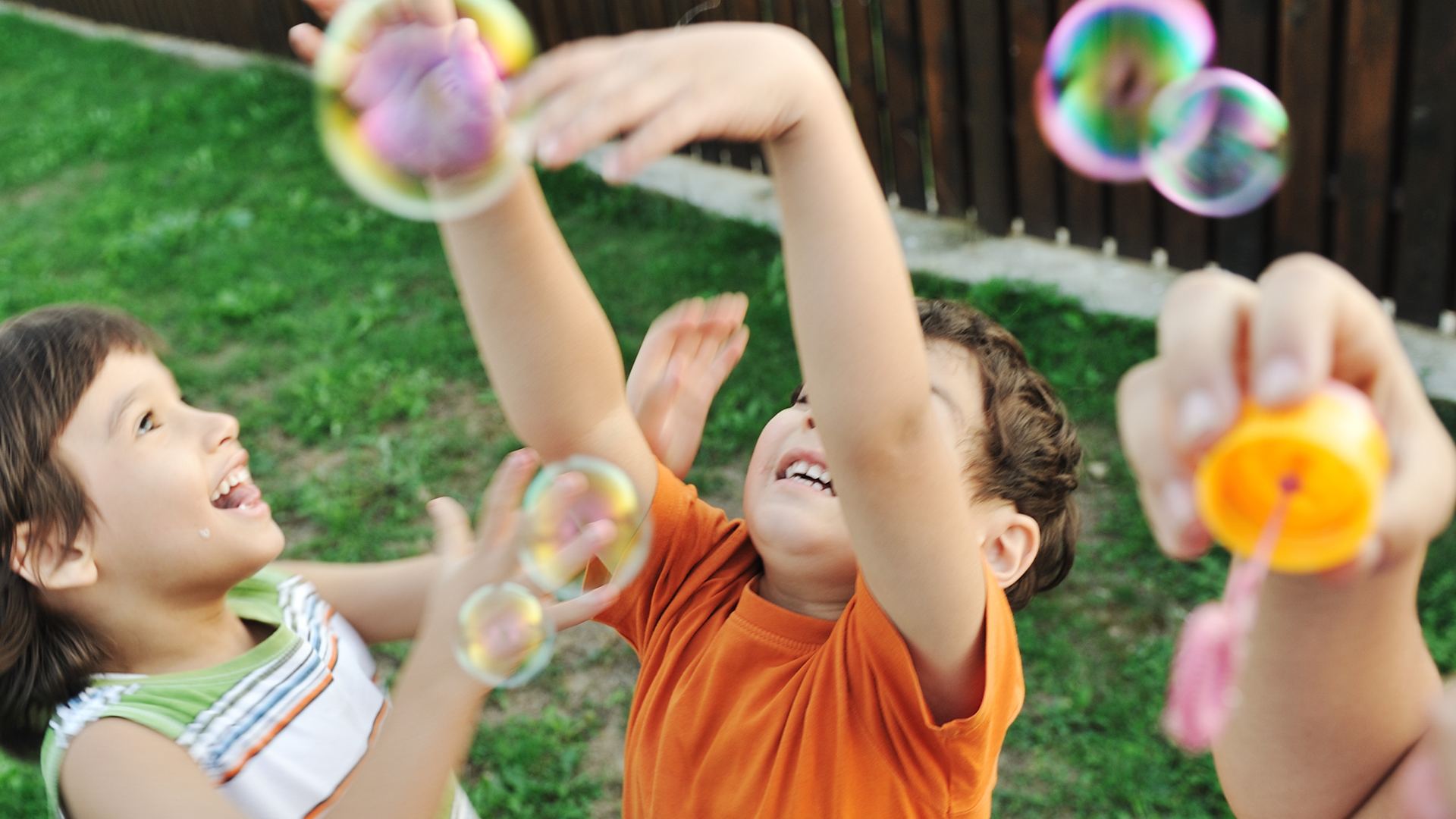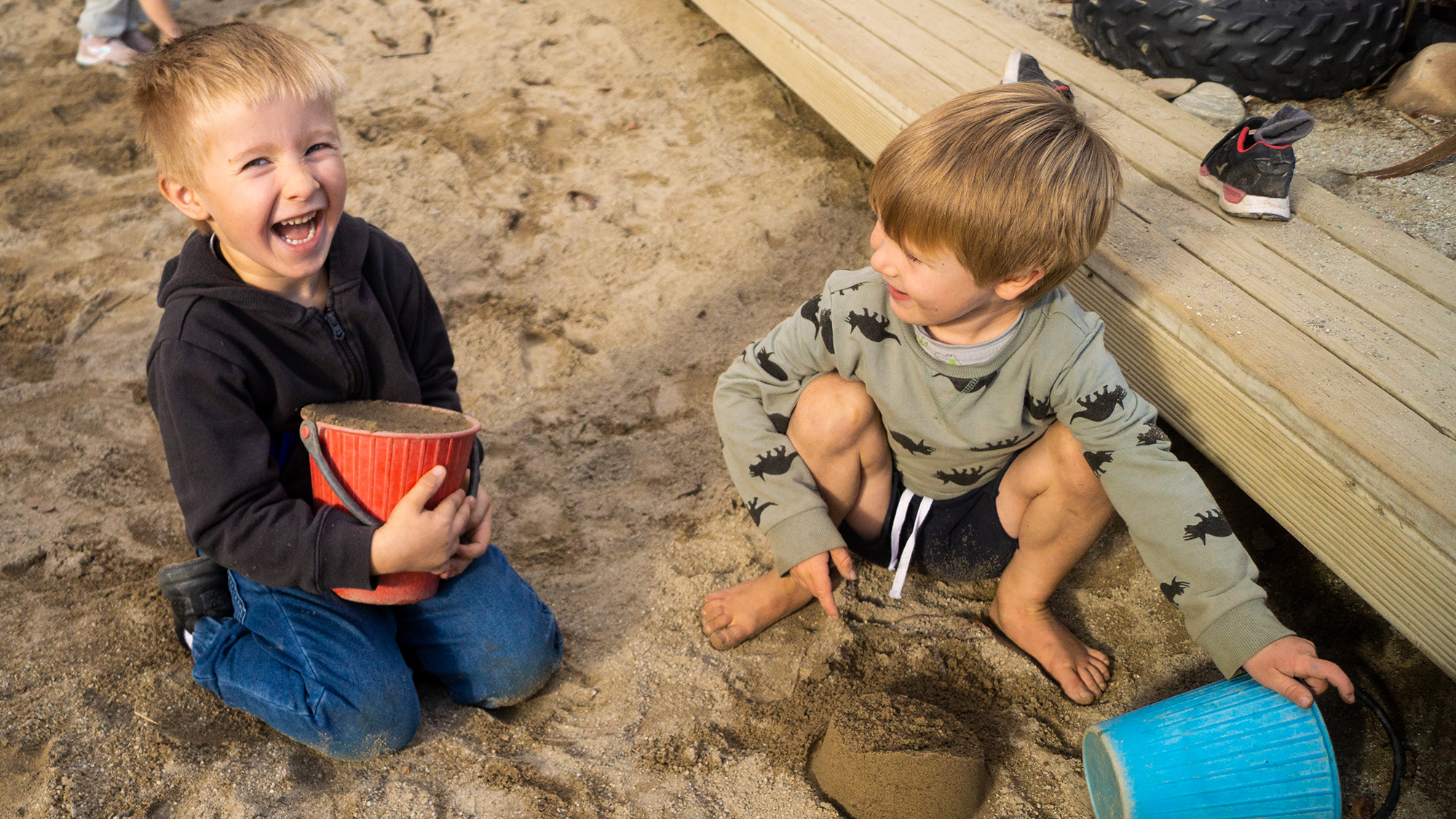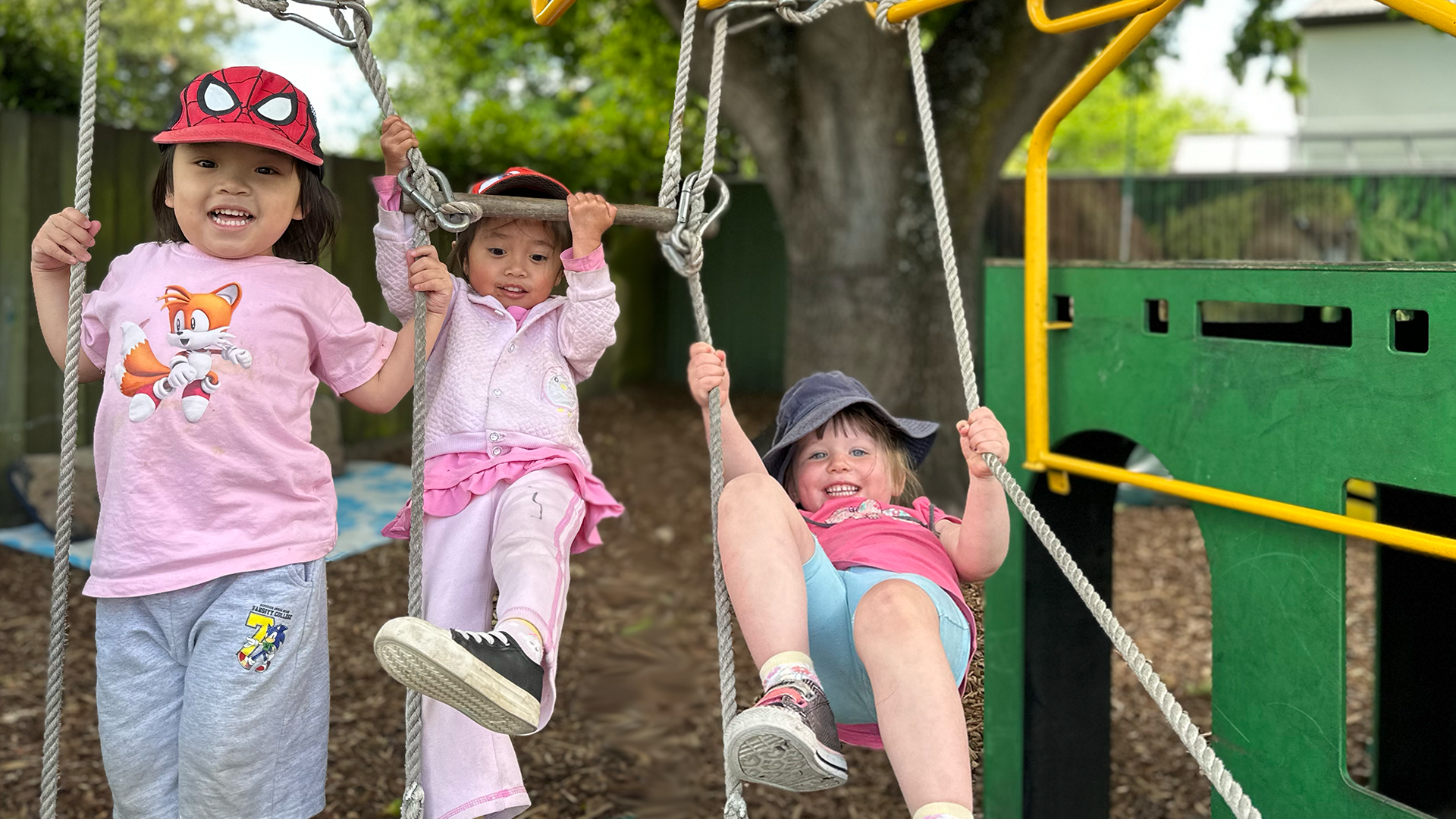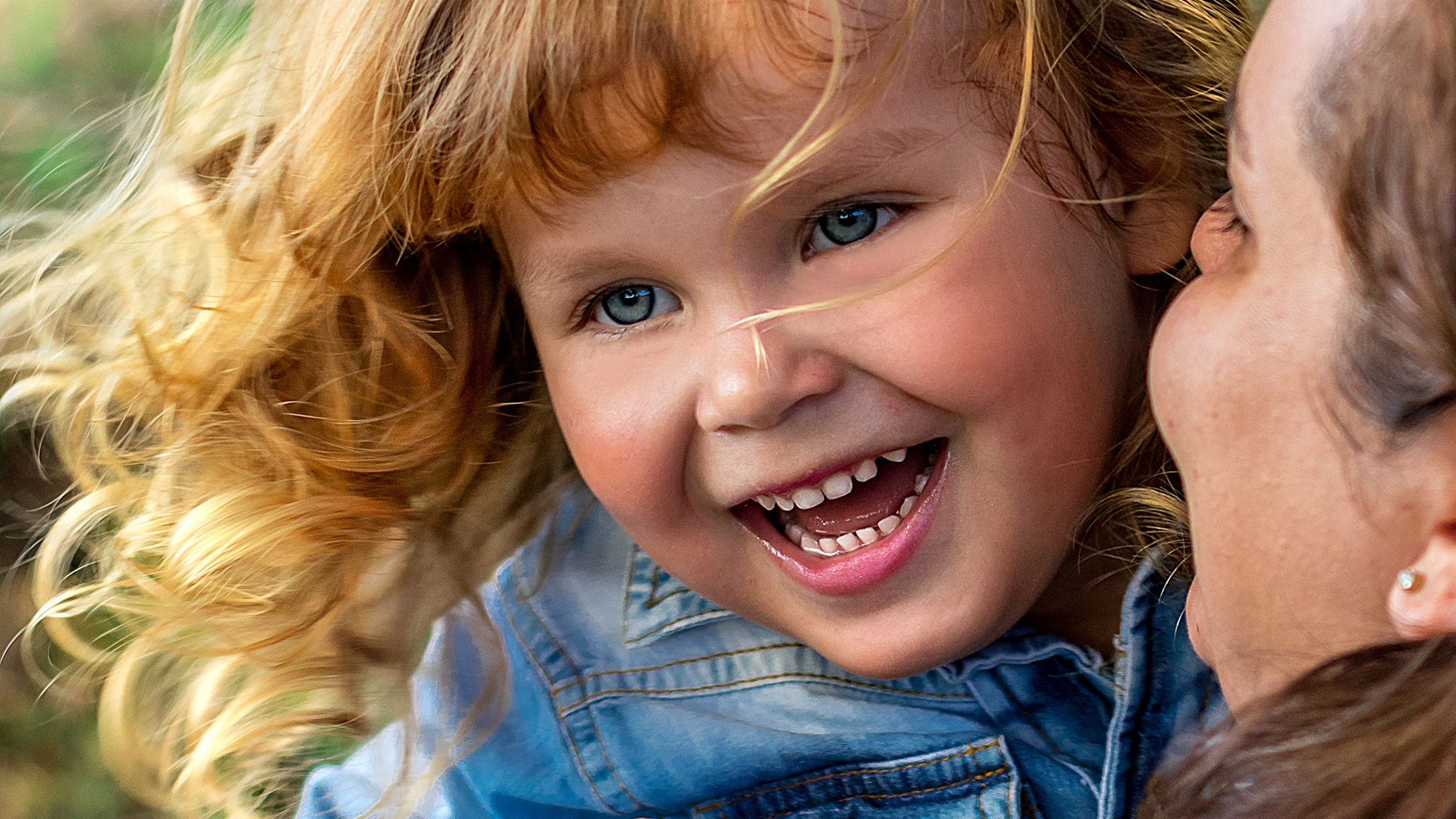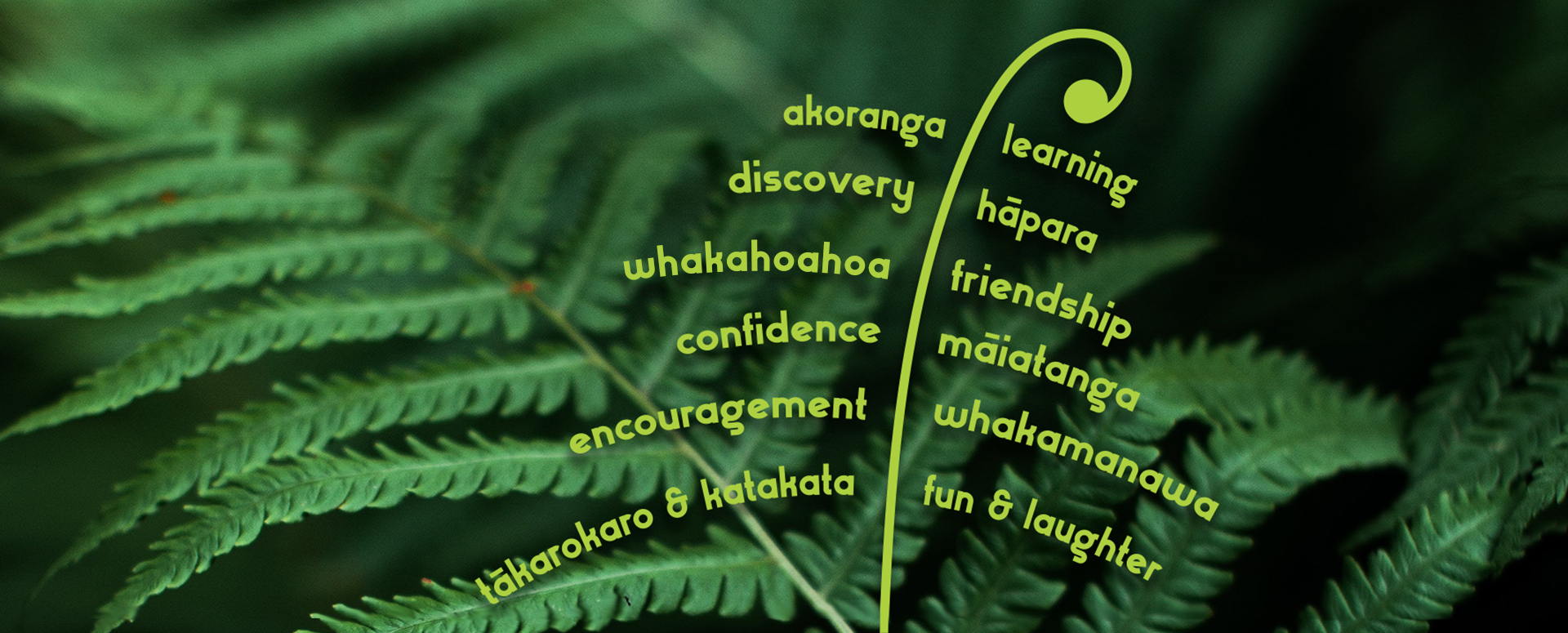Key takeouts:
- When tamariki and kaiako are enjoying themselves, laughing and having fun together, the learning follows naturally.
- Kindergarten aims to provide a range of experiences and an environment that offers enjoyable experiences for our youngest learners.
- In the early years, we want to encourage a love of learning and that’s more likely to happen if tamariki are enjoying themselves at kindy.
- A trusting, caring relationship with kaiako helps children to relax and be happy. They know someone’s there, looking out for them.
- The happiest sounds are usually those of young tamariki laughing.
- Being supported through disappointment, encouraged in new endeavours, and celebrating the good times are some of the essentials that make up te ao kindy – our world of kindergarten.
Their smiles say it all
While there’s a real focus on education and learning during the early years, we never forget it should also be fun. At Kidsfirst, we want tamariki to be excited about spending their days with us, eager to discover new things, try activities for themselves, make friends, and laugh and play.
Fun is essential for your child’s cognitive development. That’s because the best learning happens when children are happy. It has been proven scientifically that mood can increase the brain activity of Neurons that foster learning. Also, when a child is having fun, they’re more likely to fully engage with the teachings.
There’s plenty of scientific research to suggest that fun isn’t just something that’s a great bonus, but is actually an essential part of the process.
Our kaiako work really hard to fill every day with new challenges, fresh thinking, and experiences that will capture tamariki’s attention and foster learning.
For over a century, Kidsfirst Kindergartens have been where local children come to learn, play, and have fun. It’s something generations of New Zealanders have grown up with and continue to value as part of those preschool years. There’s no doubt that kindergarten is special. Kindy holds a unique place in the hearts of Kiwis. There’s a rich heritage behind everything we do.
As you get closer to the kindergarten gate you can hear the laughter and happy interchanges. The air is filled with good times.
Such stimulating environments – with lots of opportunities for play – foster great learning. Anything done with seemingly not a lot of effort and a good dose of laughter doesn’t carry connotations of education being ‘hard work’. It helps to create tamariki with a lifelong love of learning, and the rewards can actually be long lasting. Often play is also spontaneous and self-motivated which adds to its value. It’s easier to stay focused on something that you think of as fun, and pre-school aged children have have been shown in studies to have short concentration spans, so enjoying themselves becomes very important.
When they’re playing, tamariki are improving on many different elements – their physical, social and emotional states – and learning about the world and themselves. It encourages confidence and positive interactions with each other, amongst so many other things.
Albert Einstein is quoted as saying that “creativity is intelligence having fun”.
So bring on the good times!
For generations, children have loved coming to kindergarten. We often hear how tamariki can’t wait to head through our kindergarten gates to the world of fun that lies beyond. And that’s just how we like it.
To encourage learning, work can’t be hard, or boring. Instead we aim to fill our kindergarten days with exciting new experiences, things to play with that activate the senses, tasks that help develop motor skills, fun interactions to foster social skills, the list goes on and on.
What’s more, our teachers are here because they LOVE what they do. They know they’re making a difference – but the real joy comes from the looks on the faces of those young children who are discovering fresh things and having the time of their lives.
Whether it’s being engrossed in the sandpit, watching a special performance, planting in the garden, playing under a sprinkler, listening intently to a story, painting or making something with play-dough – each day brings new challenges and achievements. How much fun is that?


